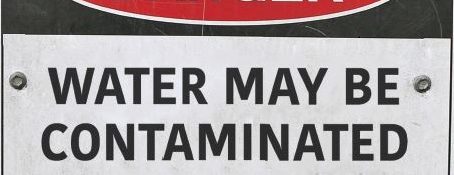News
According to health officials, there is no level of lead in the body that is known to be without harmful effects. That is why NYLCV is urging everyone - homeowners, health care providers, businesses, politicians, educators, etc. - to participate in the federal government’s upcoming National Lead Poisoning Prevention Week (NLPPW), which will be held Oct. 23-29, with wide dissemination of information and a series of topic-focused releases and webinars to spread awareness and lead to community and legislative action.
Learn MoreNews
Today we announced our final round of endorsements in the 2020 election cycle - 17 candidates with exceptional environmental records.
Learn MoreNews
Today we announced our third round of endorsements in the 2020 election cycle, endorsing 16 candidates with exceptional environmental records, including Mondaire Jones in the race to replace Rep. Nita Lowey (CD-17).
Learn MoreNews
Hydropower has been a staple of power production in New York for centuries. It generates electricity by capturing the energy of falling water. The School Street hydroelectric plant in Cohoes now generates 172 gigawatt hours per year and Cornell University also has its own hydropower plant.
Learn MoreNews
Over the last fifty years, there has been a major increase in extreme weather, such as heat waves, droughts, and intense hurricanes. One of the most direct ways we experience the effects of climate change first-hand is when our communities are hit with extreme weather - and we can expect extreme weather events to increase in frequency and severity over time.
Learn MoreNews
Technology and digital innovations have had a positive impact on our environment - we have the internet to thank for a large reduction of paper and waste. But these innovations can also have negative impacts that we should be aware of.
Learn MoreNews
Earlier this year the U.S. Department of Health and Human Services’ Agency for Toxic Substance and Disease Registry (ATSDR) found that toxic chemicals in drinking water can be harmful at much lower levels than the EPA previously reported as safe. Newly disclosed e-mails between members of the EPA revealed that the agency tried to keep this information hidden to avoid conflict with the public and a negative reaction from the media.
Learn More


